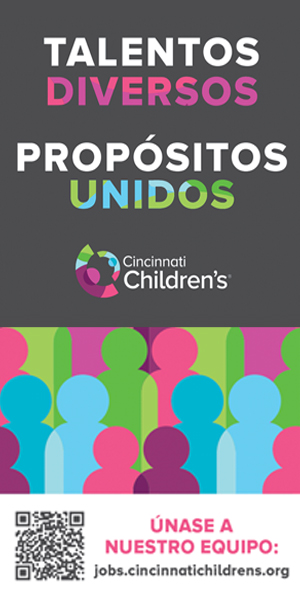
The popular consensus is that Puerto Rico is the capital of reggaeton. But before pioneers of the genre such as Daddy Yankee, Ivy Queen or Hector El Father, there was a well-established singer-songwriter named Edgardo Armando Franco, who under the name of “El General” gave rise to a musical fusion of reggae and rap in the mid-80s, becoming the central influence for future Puerto Rican reggaeton performers. However, that phenomenon did not occur in San Juan… it was in Panama.
To understand the true origin of reggaeton, it is necessary to go back to the beginning of the last century, when the U.S. government proposed to build the Panama Canal, a project that would link the Atlantic Ocean with the Pacific.
The geographical location of Panama places it in a strategic position that also links North America with South America, making it an organic center for the mixture of cultures.
For the construction of the Canal, the United States brought English-speaking workers from neighboring islands such as Barbados and Jamaica into the country. Once finished, these immigrants settled in Panama and many continued as employees of the facilities established in “La Zona”, an area on Panamanian soil but ruled by the U.S. military that controlled the Canal.
One of these cases was that of a young man named Renato. His grandparents were Jamaican immigrants who arrived at that time and settled. His mother worked in a cafeteria within "La Zona",
In 1979, Renato's family moved to the Rio Abajo township in Panama City, where he met other young people who were also of Caribbean descent and all of them enjoyed Jamaican reggae.
By that time, reggae was undergoing a variation, going from the Bob Marley “roots” style to a more lively and danceable sound known as “dancehall,” popularized by artists like Yellowman and Big Youth.
In Rio Abajo, Renato met Edgardo and together they began to visit nightclubs that played this new rhythm. Popular dancehall songs were in English, and nightclub goers didn't understand the lyrics.
The record singles of the time had on the B side, an instrumental version of the song, a fact that the two young people took advantage of to record cassettes with versions of “dancehall” sung in Spanish, however, instead of singing, they made a type of chant like improvised calypso music. This is how reggae in Spanish was born.
Reggae in Spanish quickly became popular among young people, but this new music was not playing on the radio.
In the public transportation buses called “diablos rojos”, the drivers began to play this music on their routes while transporting people from one place to another, the popularity spread, and the cassettes began to be sold independently.
In 1984, Renato managed to record his first single officially; a theme of social criticism aimed at the police, called “El D.E.N.I.”, possibly the first reggaeton recording. On the other hand, Renato’s colleague, Edgardo, then known as Franquito, obtained a scholarship in 1985 to study in the United States and to unite with his mother who lived in New York.
In this city, Franquito continued his musical trend in an environment dominated by rap.
Settling in Brooklyn, he adopted the name “El General” and began performing “underground” style with other Hispanic rappers and Caribbean exponents of local dancehall.
His style was unique in New York and captivated the city’s Puerto Rican population, who soon took “Tu Pun Pun” to La Isla del Encanto, where it became a resounding success.
The influence of Panamanian Spanish reggae was such that it paved the way for the musical genre that the youth of Puerto Rico later baptized with the name of reggaeton.
In October 2020, the Panamanian Ministry of Culture awarded a recognition to Renato for a 30-year artistic career as one of the Spanish reggae pioneers.




